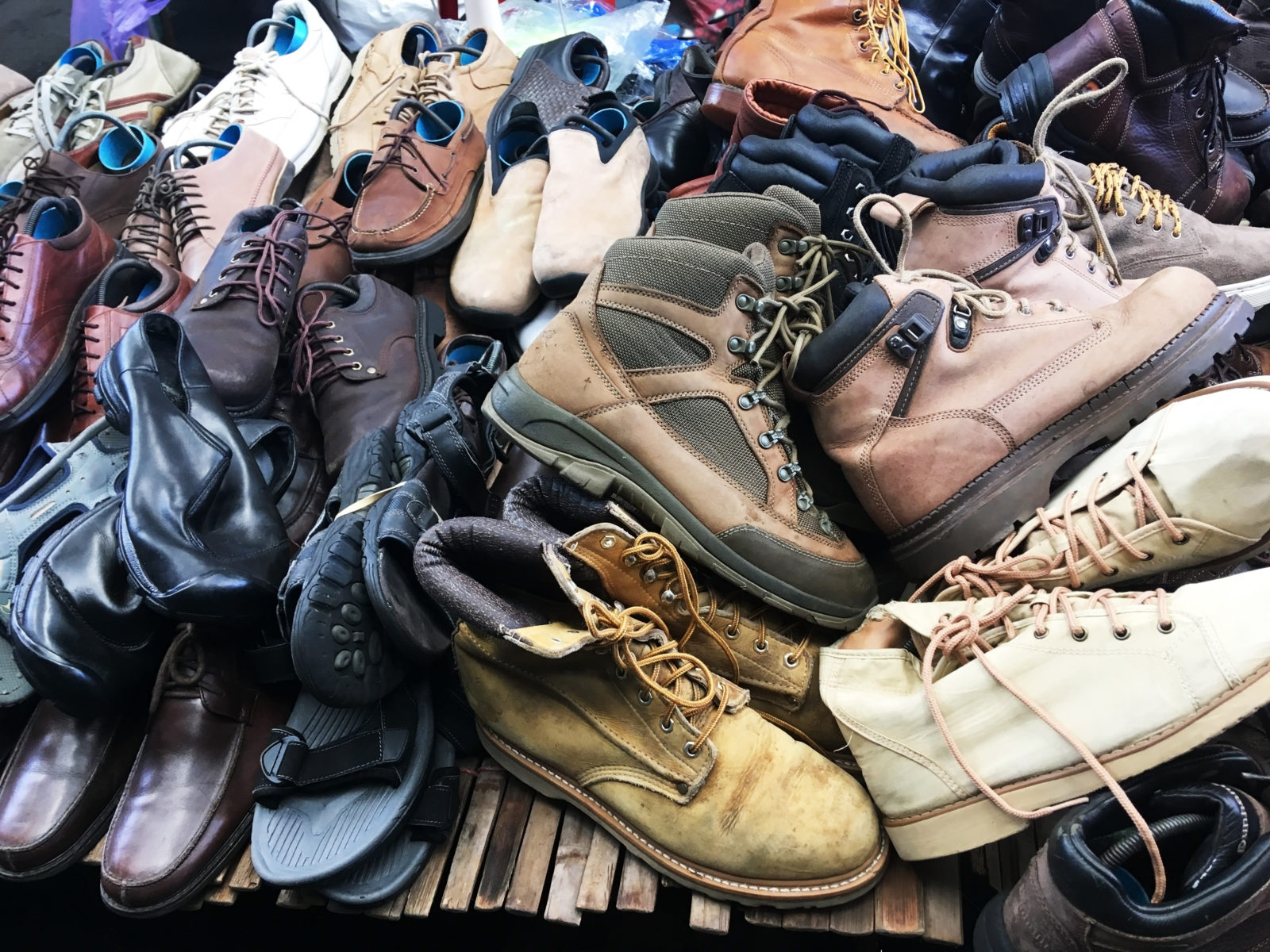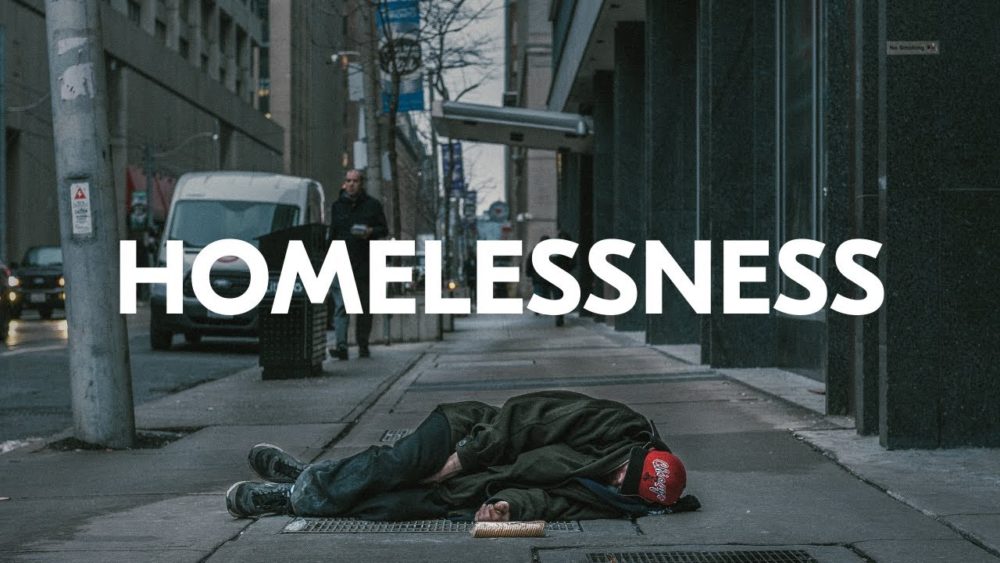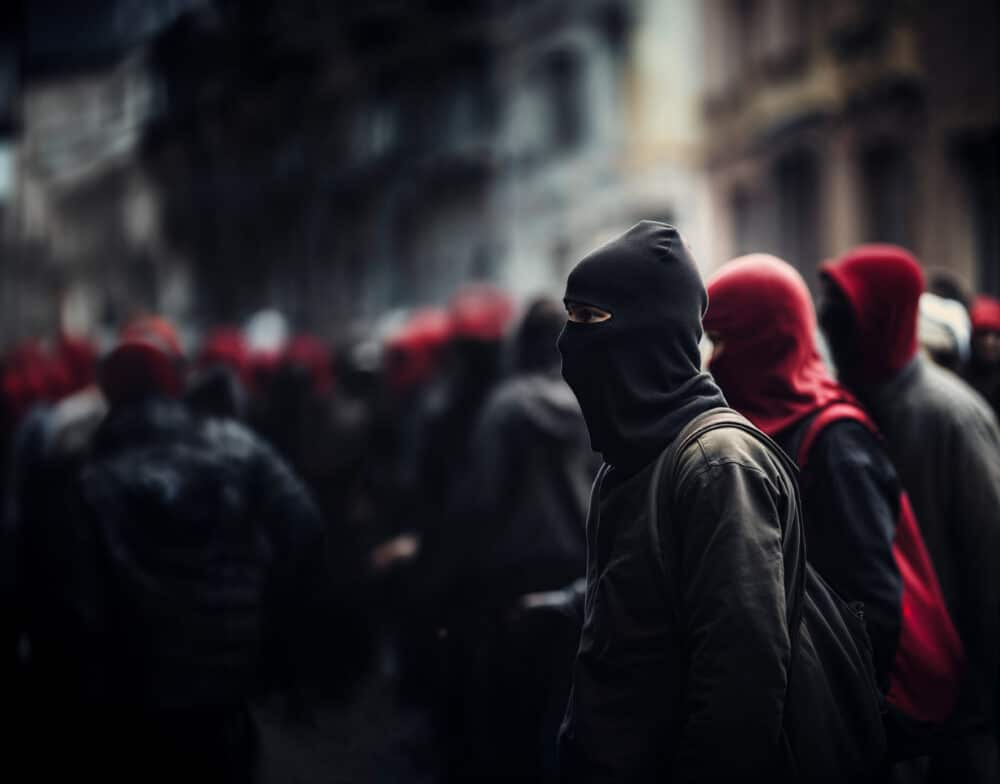

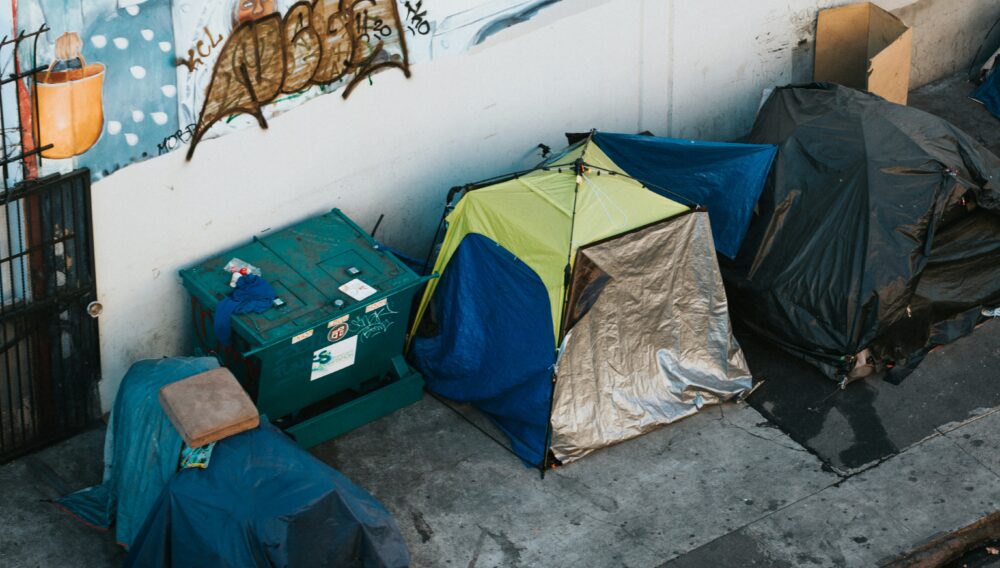
Discovery Releases New Data and Policy Approach for Seattle’s Homelessness Crisis
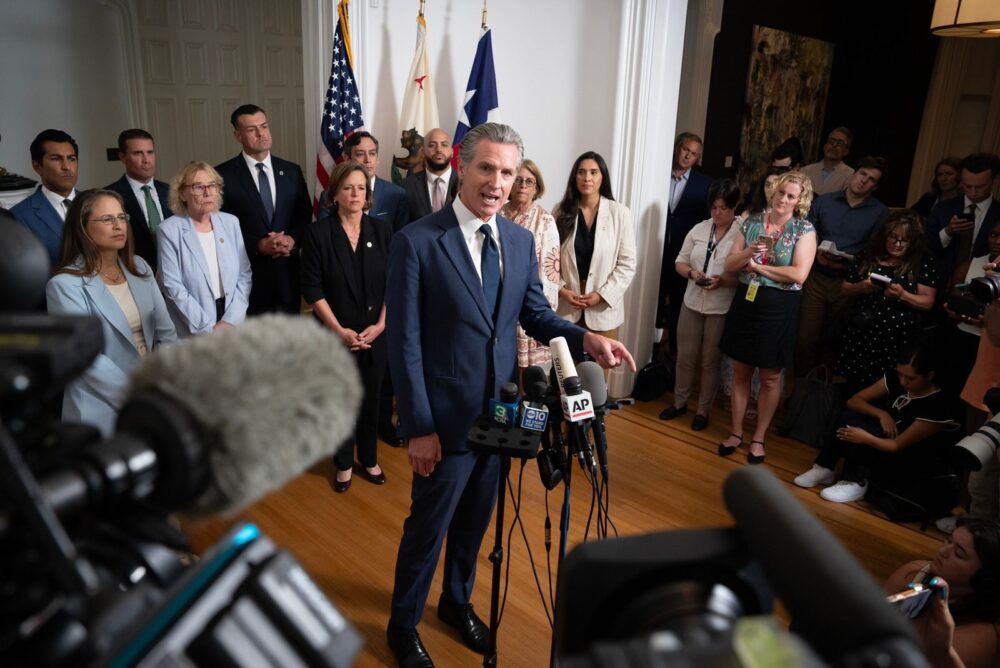
Newsom Just Made a Catastrophic Mistake on California’s Homelessness Disaster
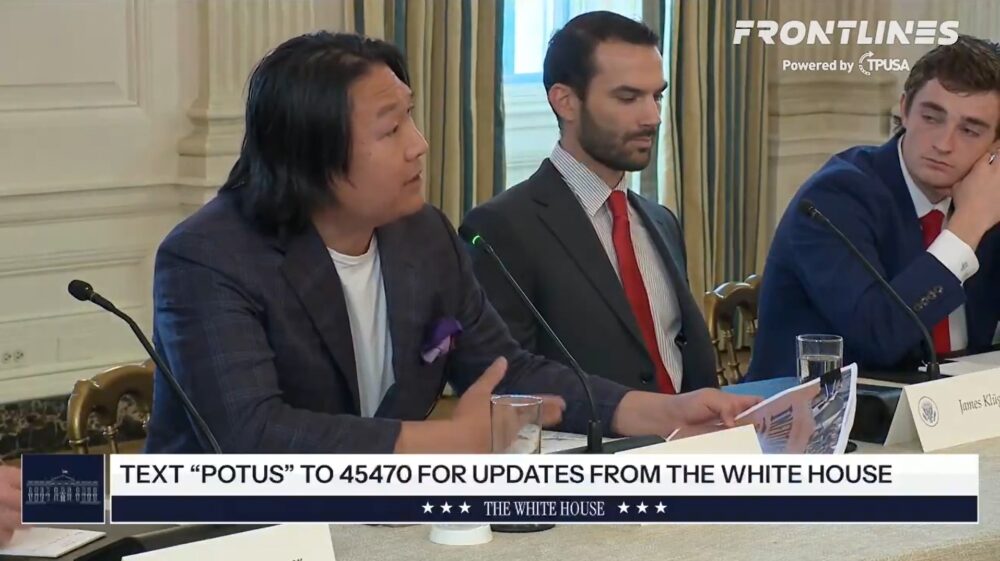
Jonathan Choe Presents Infiltration of Homelessness Industry Report to President
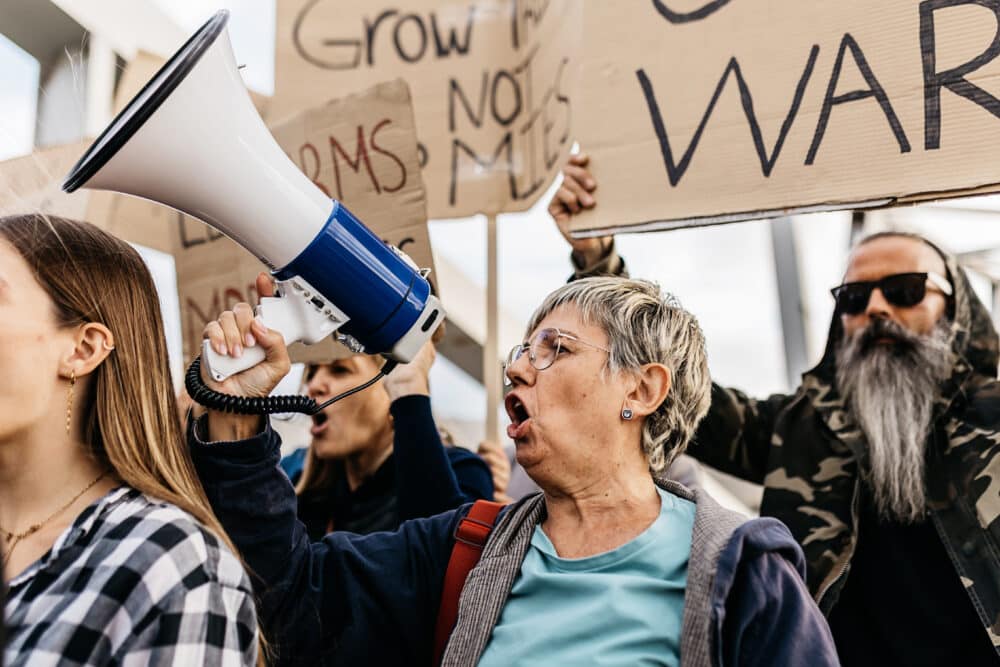
Report To Reveal Infiltration of Homelessness Movement
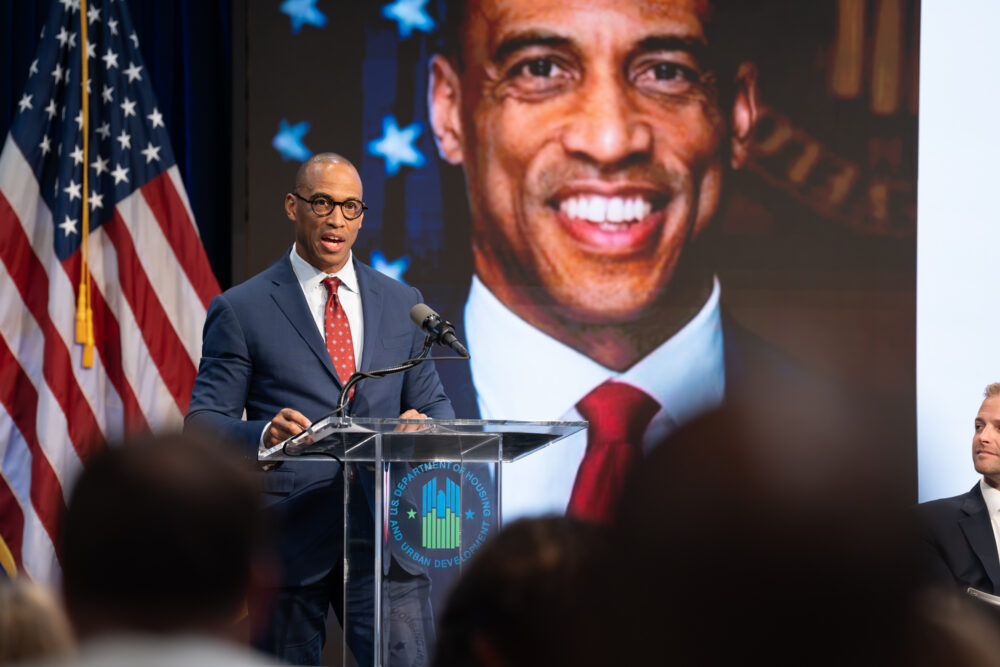
On Homelessness, HUD Is Right to Move Away from Failed “Housing First” Policies

Michele Steeb Talks Homelessness with Shaun Thompson
Street Report
from Jonathan Choe
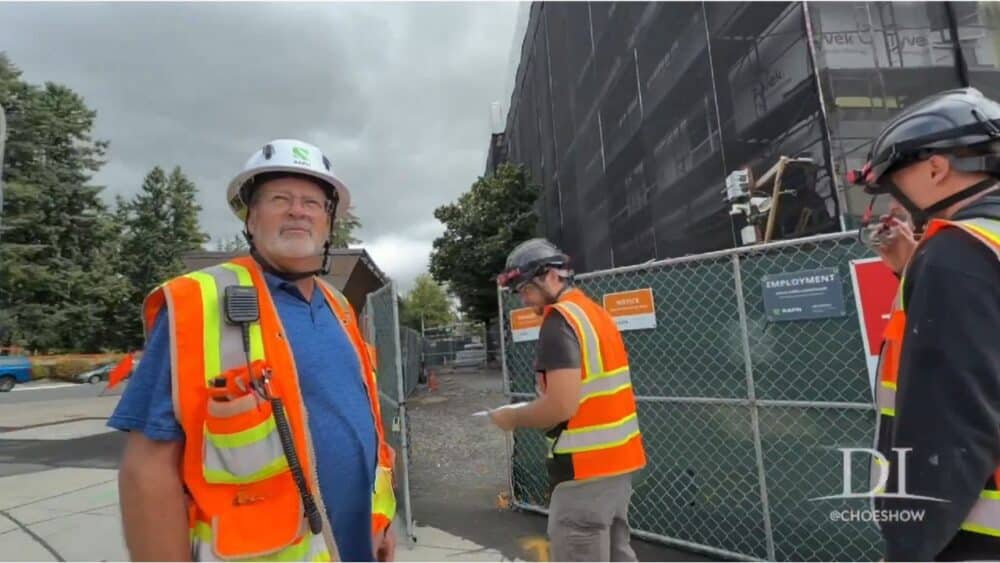
Plymouth Housing to Set Up Shop Right Next to Luxury Apartments, Child Daycare

Plymouth Housing Hides Event from Community Members, Bans Reporters
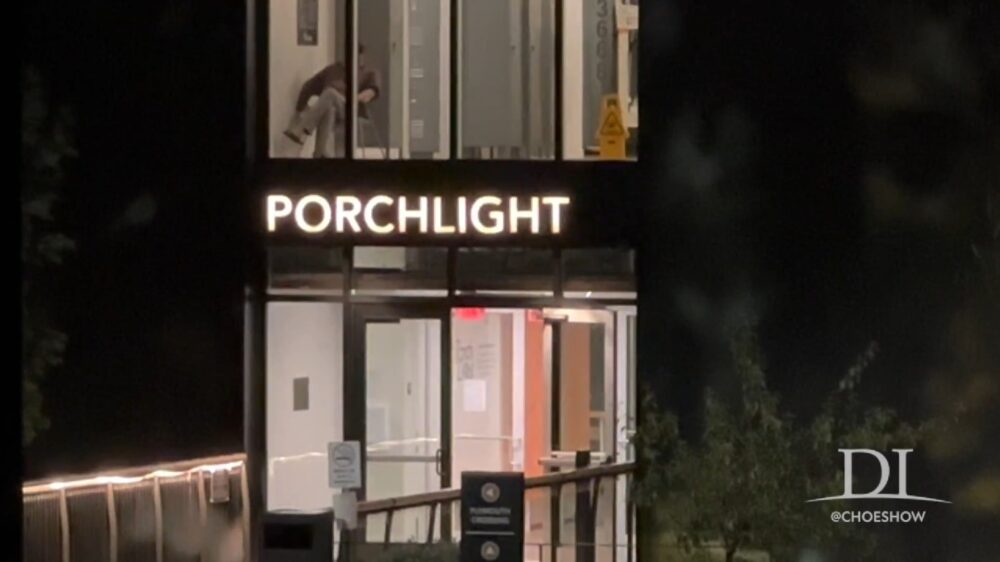
Another Tragedy at Plymouth: Homeless Man Claims He Was Drugged and Raped
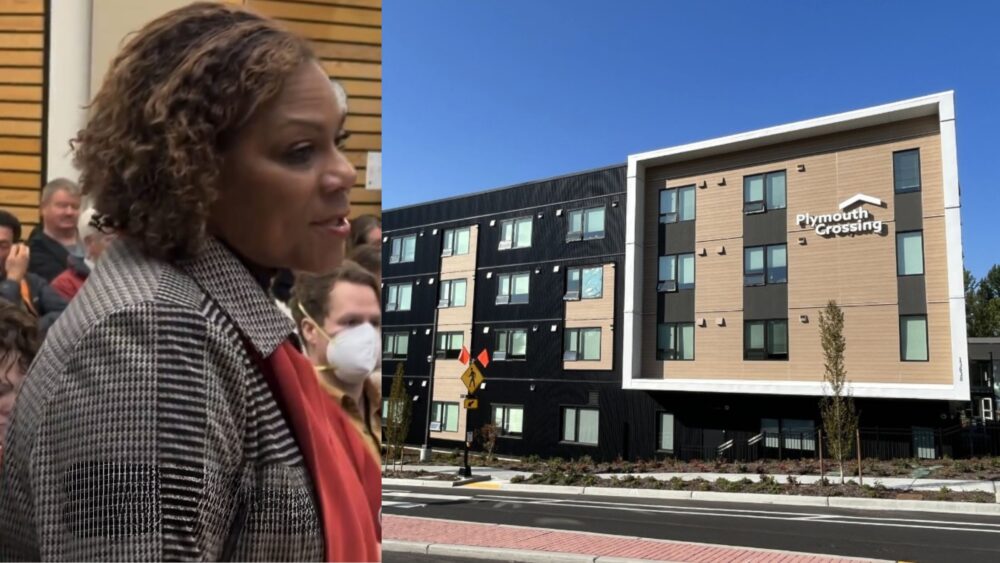
Plymouth Housing CEO Defends Housing First, Calls Criticism “Misinformation”

Another 911 Call from Plymouth Housing

Plymouth Housing Murder Suspect Arrested and Charged
Our Mission
Discovery Institute’s Fix Homelessness initiative offers innovative research and compassionate solutions to the growing crisis of homelessness, addiction, and mental illness facing many American cities. Our mission is to serve as a resource for policy leaders, business owners, and neighborhood organizations trying to meaningfully reduce homelessness and to help those suffering realize their full human potential.
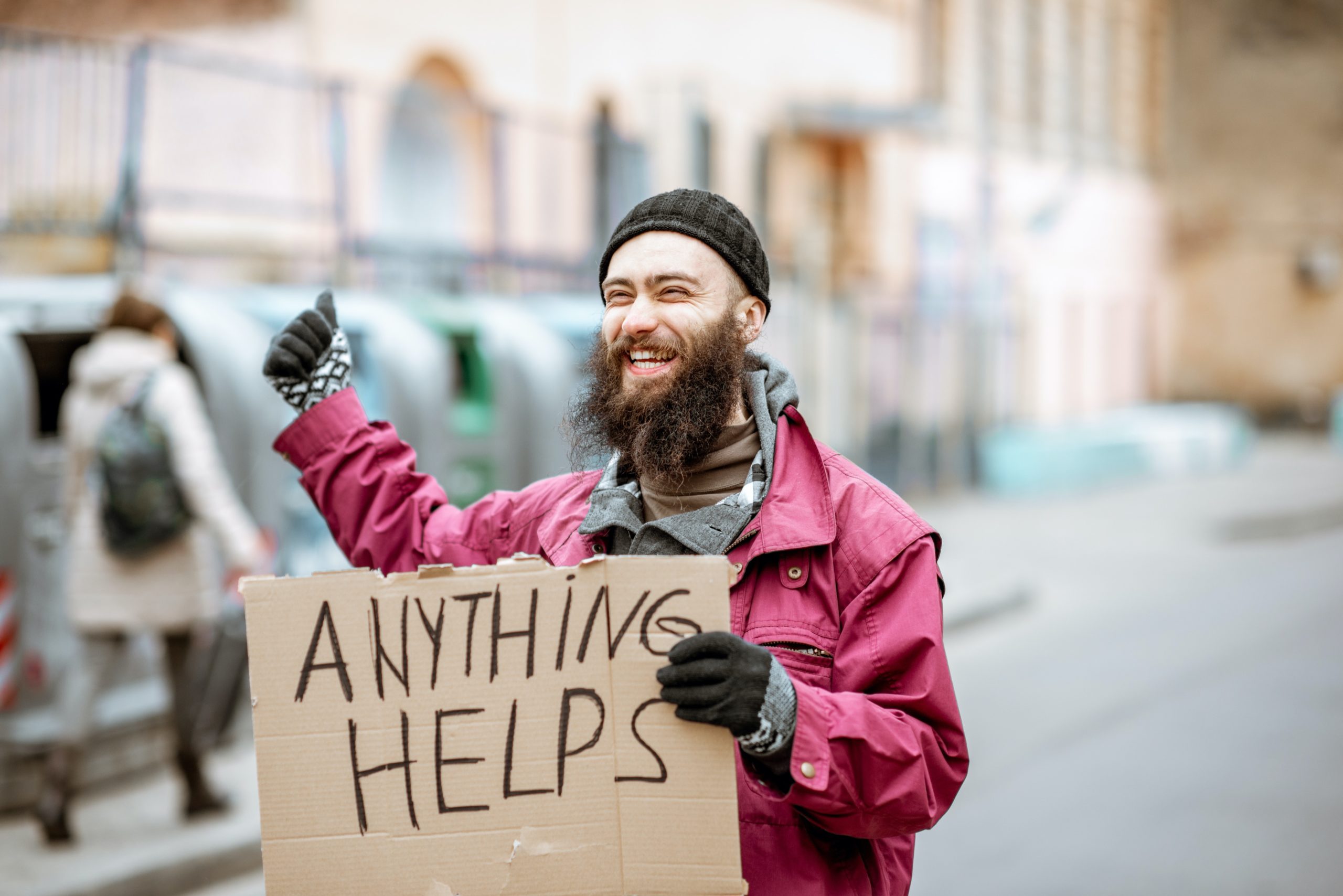
[not] anything helps
Discovery Institute’s Fix Homelessness Initiative pairs journalism with research on homelessness, addiction, and mental illness. Our mission is to help city leaders, service organizations, and business owners meaningfully reduce homelessness and improve lives.
Resources
National Report
“Housing First” — and often only — has demonstrably failed. Congress and the Executive Branch must shift the focus onto untreated mental illness and substance abuse to reduce homelessness, drug overdoses, jail overcrowding, and misuse of emergency rooms. Herein we make policy recommendations to Congress to truly help rebuild human lives.

Legal Guide
We have created a legal guide for cities to maintain compliance with the Martin v Boise decision. The guide outlines best practices for compliance and provides models for successful ordinances that balance enforcement, housing, and legal requirements. The guide is written by Joseph Tartakovsky, attorney for the City of Boise in the Martin v Boise case.
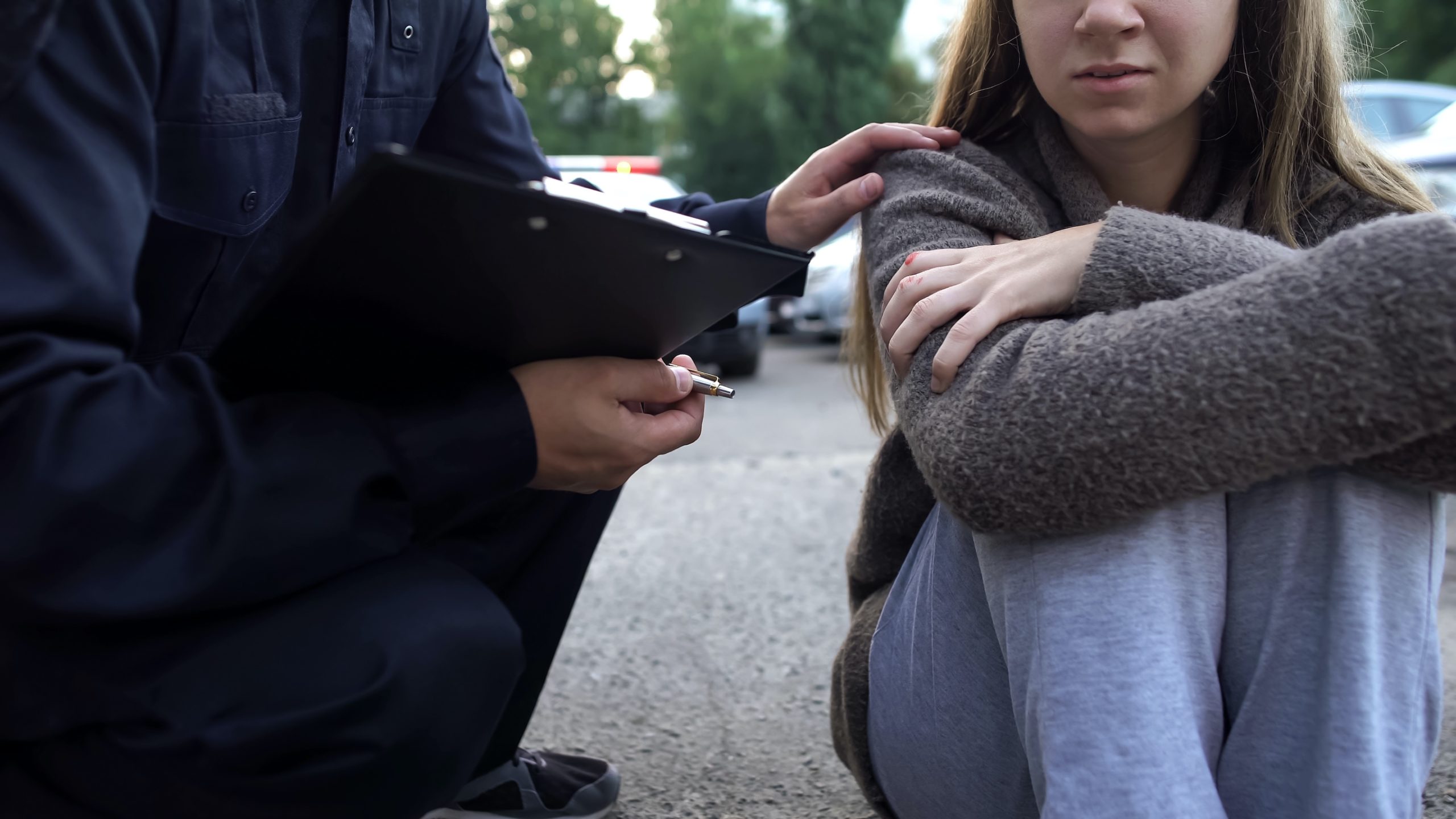
Case Studies
We have created case studies of cities that have delivered cost-effective and rapid results on homelessness. We’ll show you how San Diego built an emergency shelter and moved 700 people off the streets, how Burien eliminated camping in public parks, and how Modesto reduced quality-of-life crimes associated with homelessness by 83 percent — all within 60 days.


Download the Resources
Get instant access to our action plan on homelessness and case studies of successful programs.
Note
The form below may be blocked by your browser or ad blocker. If so, you can fill out the form directly here.
